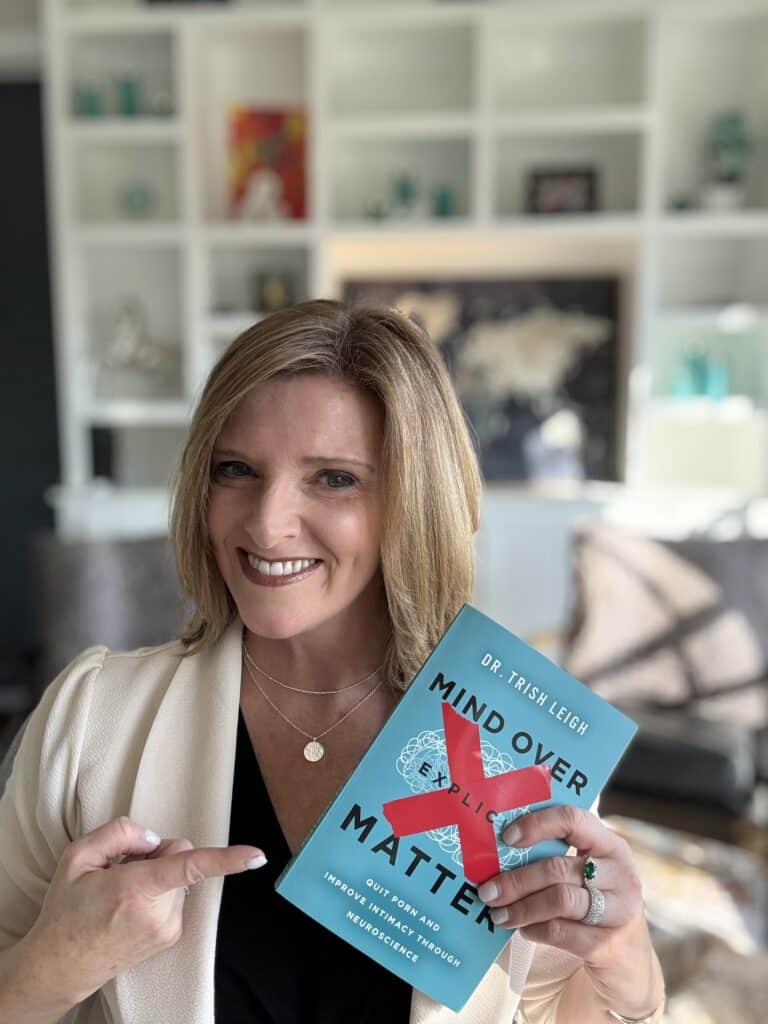So many people struggle with sleep these days. The main reason is that people are exhausted and stressed out and their brains can not get into the sleep cycle properly. Neurofeedback improves sleepwalking. That has been shown by science.
A small number of people suffer from sleepwalking. However, for those people that it impacts, they can suffer greatly. The effects can range from disruptive to downright dangerous.
What Causes Sleepwalking?
Sleepwalking has been shown to be caused by a combination of deep sleep mode and arousal mode being activated at the same time. This combination pattern happens during sleep when it should not be occurring. Sleepwalking is more common in kids than in adults. This is because inherently, kids’ brains are using more slow processing speeds such as Delta and Theta. Also, sleep walking may run in families because brain patterns are familial in nature. I always say “brains don’t fall far from the tree.”. Your child’s brain pattern will be similar to you or the child’s other parent. Many times, the child has a combo of both parents’ brain patterns. So if you or your partner are or were sleepwalkers, your child may be too.
Things that may bring on a sleepwalking episode include:
- lack of sleep or fatigue
- irregular sleep schedules
- being sick
- some medicines
- stress and anxiety
- busy schedule with little downtime (overdrive)
What Happens During Sleepwalking?
Getting out of bed and walking around while still sleeping is the most obvious sleepwalking symptom. But young sleepwalkers may also:
- sleeptalk
- be hard to wake up
- seem dazed
- sit up in bed and rub their eyes
Tips to Prevent Sleepwalking
The most suggested three tips are below:
- Get adequate sleep.
- Limit stress. Meditate or do relaxation exercises.
- Avoid any kind of stimulation (auditory or visual) prior to bedtime.
I would like to add that keeping a manageable schedule and not getting into a go, go, go pattern will be incredibly helpful. When you are busy and active, even though you might be enjoying yourself, your brain enters a fatigued but aroused state. This is the same pattern that is related to sleepwalking. By building in relaxation time during the day, your brain never gets to such a state. This will make it easier for you to sleep overall.
Neurofeedback Improves Sleepwalking
If you can’t follow these suggestions then Neurofeedback Brain Training might be a great suggestion for you. Neurofeedback would be used to decrease the excessive use of Delta and Theta, slow brain speeds, during the day. Additionally, High Beta, the extra fast speed that results from stress, would be decreased also. This way your brain would reach and sustain a calm and focused state during the day and be able to get and stay there during the night. Sleep tends to be the first thing to improve for people. Then, good sleep helps other issues like sensory processing challenges, ADHD, and anxiety improve. A qEEG Brain Map could show you if you are stuck in a pattern that is creating sleep issues and how you can improve that pattern and sleep like a champ. My hubs and awesome team are ready to help you get started with Neurofeedback and I am here to provide all the Neuro-Coaching you need. If you don’t want to go into the office for Neurofeedback, now you can use our Brain Shift program from home and improve your brain and sleep in your jammies.


